Share the post "How To Fix Soccer Cleats That Are Too Big (Hacks!)"
Picking out the perfect soccer boots can be difficult, but knowing what fits your foot is crucial.
If you find snug-fitting shoes and are looking at shrinking yours to get them just right, you’ve come to the right place. Read on to learn how to shrink soccer cleats that are too big:
In this article, we will cover the following:
- How to fix soccer cleats
- How you can shrink your soccer cleats
- If it is safe to shrink your soccer cleats
First, we look at the different types of soccer cleats and then the solutions to solve your problem.

understanding Soccer Cleats
Soccer cleats are a type of footwear designed for use in soccer. Soccer is the most popular sport globally, and as such, many different types of equipment are used to play it.
Soccer cleats have been around since 1887 and were introduced by Charles Goodyear Jr., a Harvard football team member.
They can be made from synthetic or natural materials, and come in various styles, depending on the player’s preference and position played on the field.
In recent years, new technologies have been implemented into these shoes to provide better traction, stability, comfortability, and durability.
Including rubber outsoles that grip onto turf surfaces and molded studs that improve ball control during dribbling movements.
Leather Soccer Cleats
Leather soccer cleats are an excellent option for soccer players who want to use their feet but don’t have the time or patience to break in traditional molded cleats.
They come with many of the same benefits as other leather shoes, including comfort. Leather is a breathable material that helps keep your feet cool on hot days when playing outdoors.
It also provides enough support that you can move around quickly without worrying about them breaking down too soon.
Soccer players often prefer these cleats because they offer more traction than most rubber soccer boots. Thus, they’re less likely to slip when running up against someone else on the field during playtime.
Are There Any Downsides of Using Leather Soccer Cleats?
Leather soccer cleats are the most popular type of shoe on the market, but they also come with disadvantages. They typically cost more than synthetic options and require a break-in period to feel comfortable.
The leather surface can be slippery when wet or icy outside, leading to falls that could cause injury. Leather is not as durable as synthetic materials, so you’ll need to replace your shoes sooner.
These factors might make some players think twice about purchasing leather soccer cleats for themselves or their team members.
Click the image for more details on Amazon.
Synthetic Soccer Cleats
Synthetic soccer cleats are popular because they provide more traction than traditional leather ones.
They are made of rubber, plastic, and other synthetic materials, enabling them to be lighter-weight and less expensive than their counterpart.
They also have non-marking soles, which means you can go anywhere without ruining someone’s grass or turf.
This has caused them to become one of the most popular types of shoes in the game today.
Are There Any Downsides of Using Synthetic Soccer Cleats?
Synthetic soccer cleats may be cheaper than their leather counterparts, but they lack some key features that make natural materials better for playing soccer.
Unlike leather shoes, synthetic material doesn’t stretch or mold your foot’s shape as easily. This means you could end up with blisters from rubbing against it during playtime.
There are no insoles in synthetic shoes, so it can feel like you’re playing barefoot since there is nothing between your toes and ball contact.
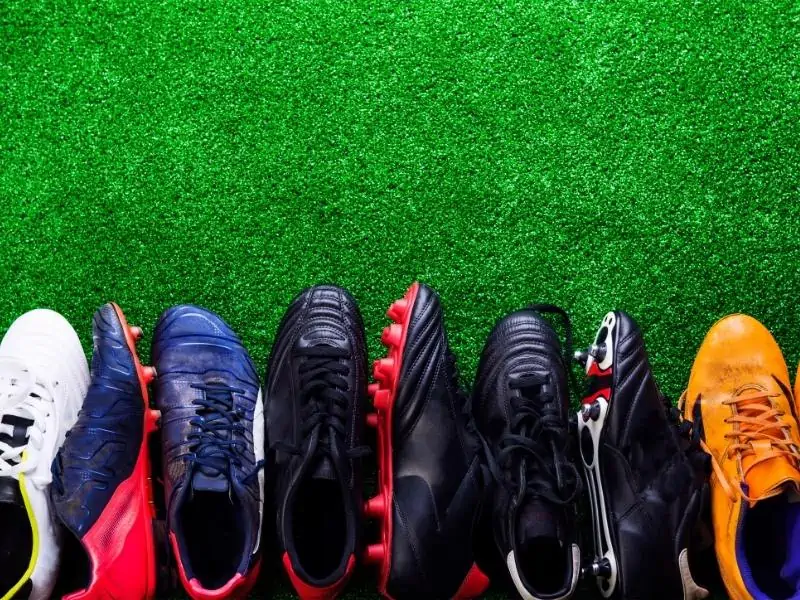
How To Shrink Soccer Cleats?
Finding the perfect soccer cleats can be a pain, but it’s worth the effort. It’s essential to have a good fit for your feet because you want them to feel comfortable and not too tight or loose.
If they’re too big, your toes will get squished, and if they’re too small, you’ll end up with blisters.
Shrinking your soccer cleats is a simple process that works best for leather, but you can also try shrinking synthetic ones.
Step 1: Spray For Protection
Leather and synthetic materials are moisture sensitive, so you should protect them before shrinking.
You can use a spray designed for either one of these materials, or even better yet, be sure your hand is clean when handling the shoe, as some sprays contain alcohol, which will remove any oils from the skin.
Alcohol-Free Shrinkies are available at most hardware stores nowadays.
Step 2: Allow Them To Dry
Keep in mind that you don’t want to rush the process of waterproofing your boots.
The leather will absorb some moisture and become less breathable, so give it at least 24 hours before removing the excess fluid with a damp towel or other household items like clothespins connected by string.
We recommend applying an even coat on all parts without overdoing it because the excessive application could cause clumps; let this set up overnight for the best results.
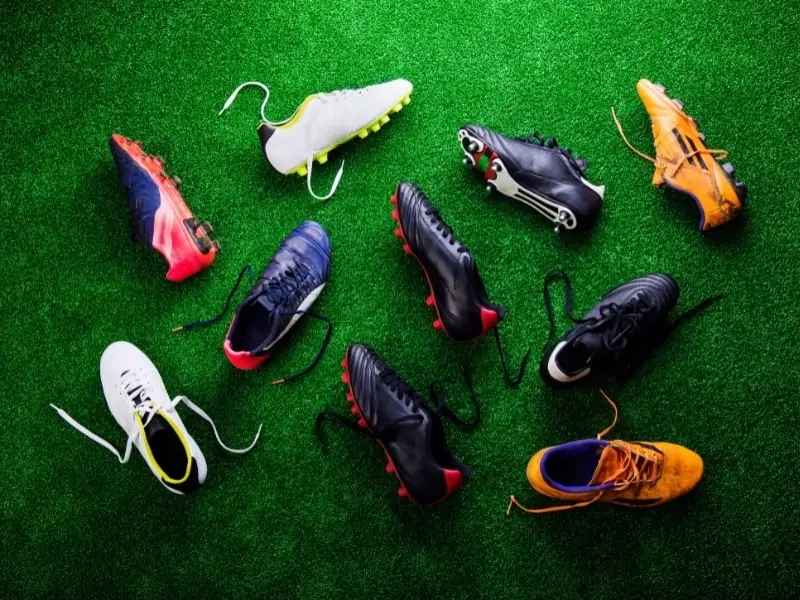
Step 3: Submerge in Warm Water
Soak your soccer cleats in hot water for 5 minutes to eliminate that squeaky noise. Do not use boiling, but make sure it’s warm enough so you can comfortably touch it with no burning feeling upon contact.
Submerge all parts fully and add weights inside if needed until they are at least 3/4 covered before removing any excess liquid.
Tilt them upside down to drain completely onto a paper towel underneath or nearby sink area.
You can also soak your cleats with a foot in them. This will help the boot shrink around your feet as they contract.
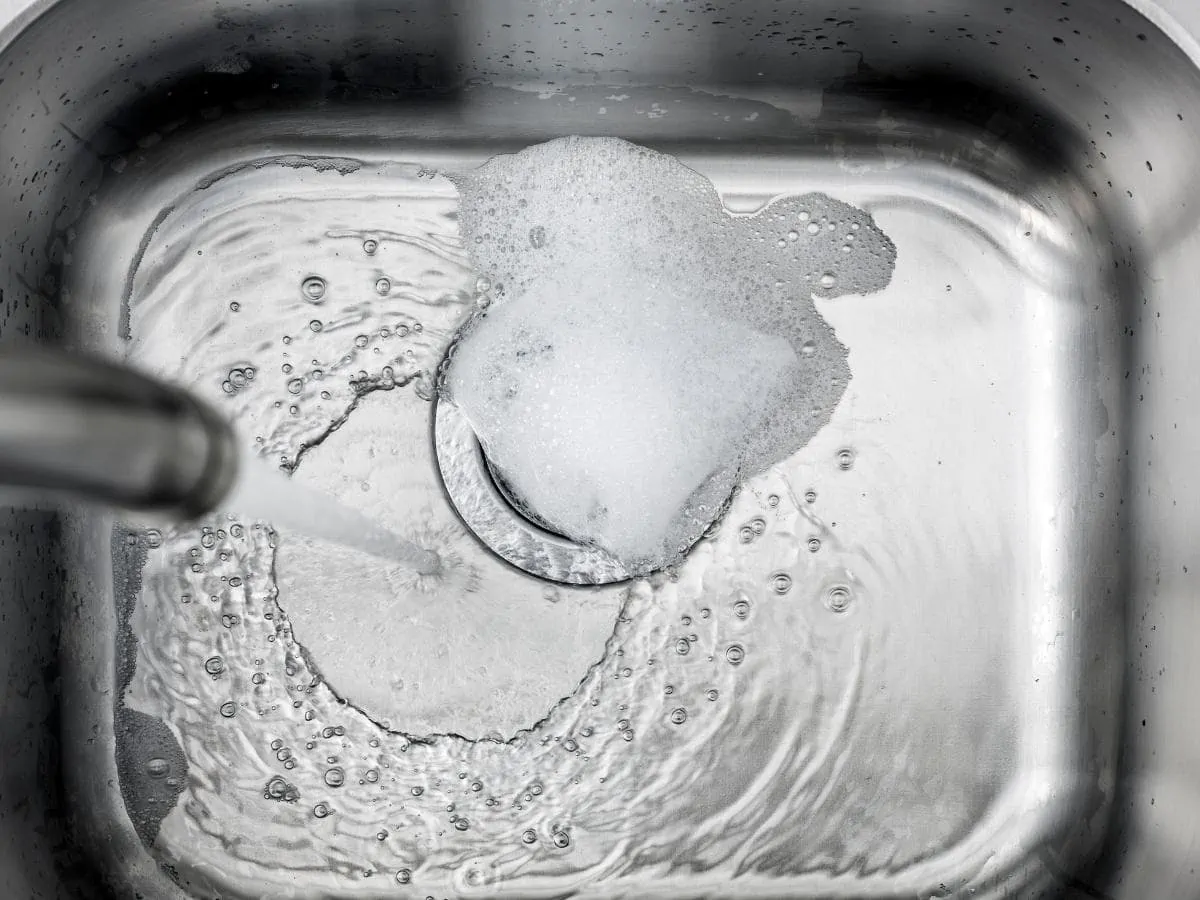
Step 4: Dry
It’s essential to give your shoe time and let them dry out thoroughly before using them. After toweling off, set the boots outside in direct sunlight for an hour or so until all that moisture evaporates.
Be careful not to break apart their seams by placing them on damp surfaces while drying; allow each piece to be thoroughly dried.
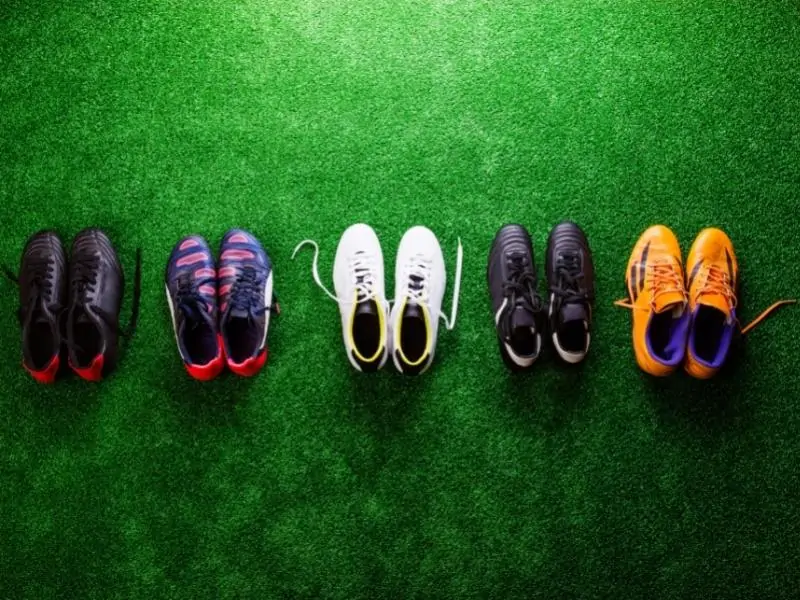
Should You Spray Your Cleats Before Shrinking?
If you’re wondering if it’s worth your time to spray your soccer cleats before shrinking, the answer is yes. Soccer players who want to know how to get their shoes ready for play often wonder if it is beneficial to spray their cleats.
The key is that spraying will make them more comfortable and less likely to come undone when they shrink after being sprayed with water.
Should Your Soccer Cleats Be Tight?
Soccer players are always looking for ways to improve their game. One of the most popular new ideas is whether or not tight soccer cleats make a difference in performance. The truth is, they do.
There has been significant research done on this topic. While it’s clear that there are some similarities between tighter shoes and looser shoes, there are also substantial differences.
Tighter cleats can help with stability when cutting quickly from side to side because they provide a better grip on the ball than loose ones.
Loose cleats will cause you to slip if you are not wearing long socks or shin guards because they don’t have enough traction on the ground.
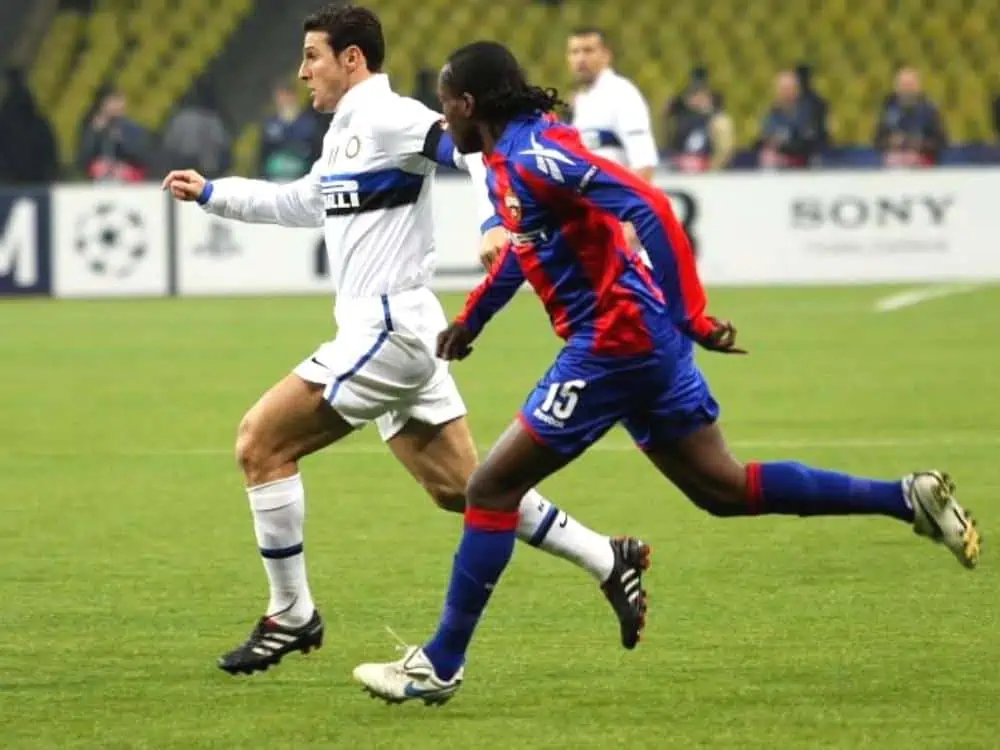
Will it Be Safe To Shrink Your Soccer Cleats?
Shrinking soccer cleats is a common practice among professional athletes. Some people are worried that it will affect the safety of the shoes, but the reality is that there are a few reasons to shrink your cleats.
Here’s what you need to know about shrinking soccer cleats before deciding whether or not to do so.
Shrunken shoes have more surface area, increasing traction and durability on artificial turf fields, particularly for players who play with their toes pointed outwards when they kick.
However, you should never shrink your shoe if you have wide feet because it will create an uneven distribution of weight in the shoe, which could cause injury over time.
Big Soccer Cleats
Soccer players often face a problem if their soccer shoes are too big. This can happen if you are new to playing, but it’s not an uncommon problem for many people who play this sport.
Luckily, there are a few things that you can do when your cleats start feeling loose to fix the issue and get back on track.
The first thing would be to try lacing them differently- just rearranging how they go through each other will help tighten up any slack material around your foot, which may have been causing some looseness all along.
If that doesn’t work, the next step is shrinking your soccer cleats, which we have outlined above.
If you’ve tried everything and your cleats are still uncomfortable, look at our list of best cleats.
Share the post "How To Fix Soccer Cleats That Are Too Big (Hacks!)"
Joel is a seasoned soccer journalist and analyst with many years of experience in the field. Joel specializes in game analysis, player profiles, transfer news, and has a keen eye for the tactical nuances of the game. He played at various levels in the game and coached teams - he is happy to share his insight with you.





